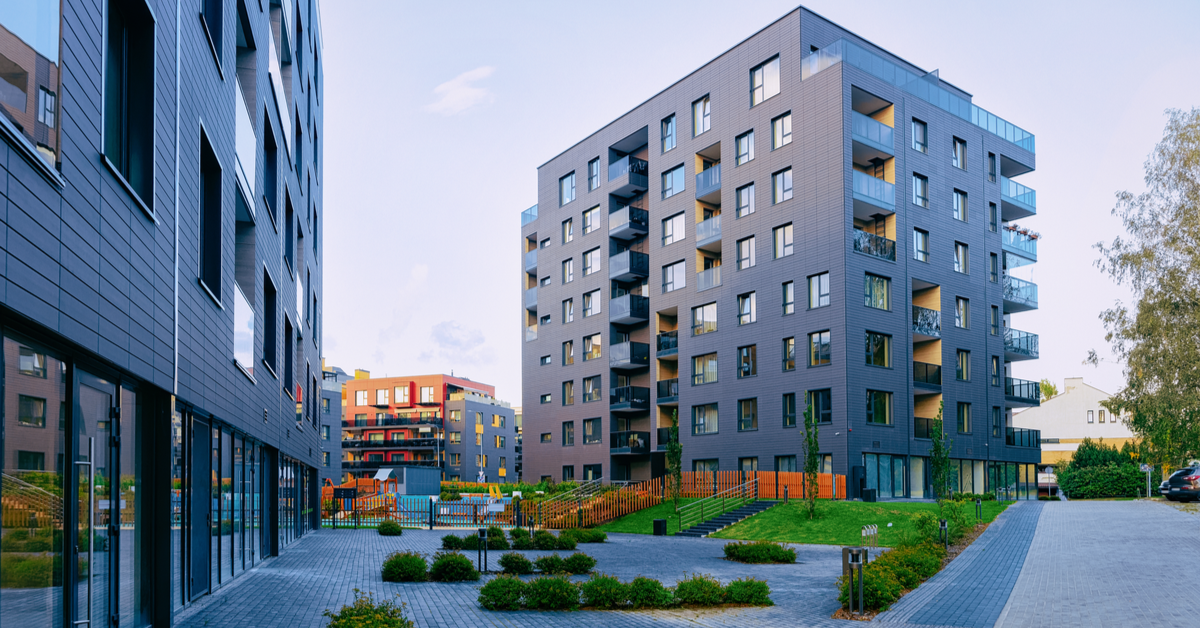Cross-border investment activity in American commercial real estate grew year over year in the second quarter, totaling $7.3 billion, according to data from Real Capital Analytics (RCA).
That’s up 48% from last year’s second quarter, when investment was held down by the negative impacts of the then-nascent COVID-19 pandemic. Still, cross-border investment as a share of total investment during the quarter declined — though that says more about the improvement in domestic commercial real estate investment than the state of the cross-border market.
Commercial real estate investment from domestic capital sources vaulted an astounding 212% year over year during the second quarter, with many funding sources playing catch-up from nearly a year on the sidelines while the pandemic was in full swing. Industrial and multifamily properties, in particular, are seeing robust levels of interest and activity with domestic and overseas funding sources alike, continuing to offer stable yields as well as income gain potential in the current investing environment. Those two sectors were consistently ahead of the curve compared to others during the lean pandemic months, but with commercial movement finally gaining steam, they have remained in favored status with investors.
Part of the dominance of domestic funders during the second period can be attributed to simple deal size. Cross-border investors tend to have more capital to deploy and pursue larger deals; consider that industrial deals pursued by cross-border buyers averaged $27 million over the last year, compared to $13 million for all investors as a whole. Similarly, cross-border investors sought deals that averaged $41 million in the apartment sector, compared to $22 million for the overall market.
Those two sectors, however, are dominated by smaller assets. As RCA explained, the time it takes to assemble portfolios of small properties limit the ability of overseas investors to deploy their money. Domestic investors investing smaller amounts on a property-by-property basis, on the other hand, have had the luxury of agility.
That’s part of why office and retail (before the rise of online commerce) were previously the favored sectors of cross-border funders. Both segments are rife with larger properties such as central business district (CBD) offices and regional shopping malls that made it easier to cement large-scale deals.
But with both sectors lagging in the pandemic era, spending has shifted. Consider that CBD office property transactions, which consistently hovered around $20 billion in volume on a four-quarter trailing basis in 2016, saw just $4.9 billion in volume in the four quarters ending with the second quarter of 2021. The CBD office property share of cross-border acquisitions has shrunk from 23% in the four quarters ending Q3 2020 to just 13% in the four quarters ending Q2 2021. With deal volume shifting to sectors where stateside funding sources have more innate advantages, domestic investors have collectively opened a wide capital deployment gulf.





